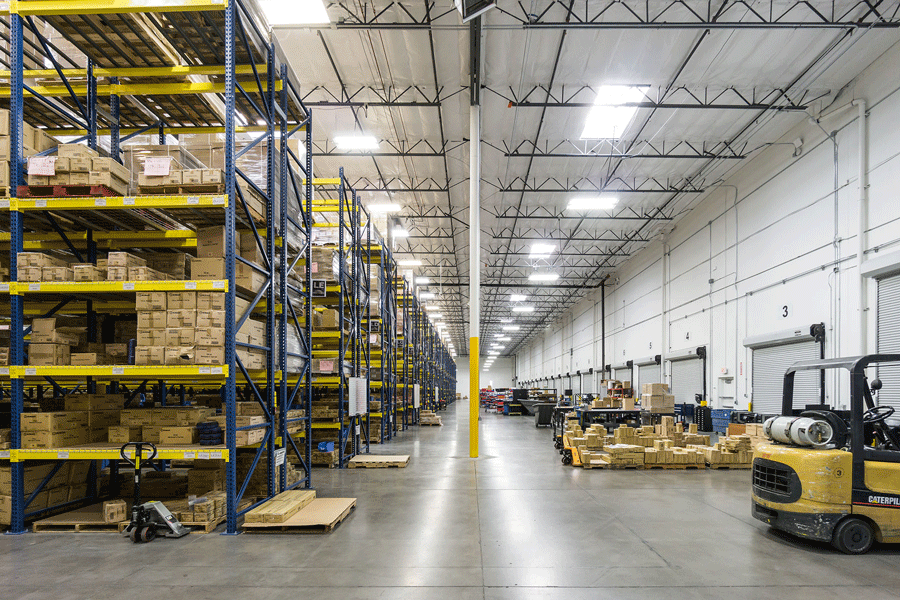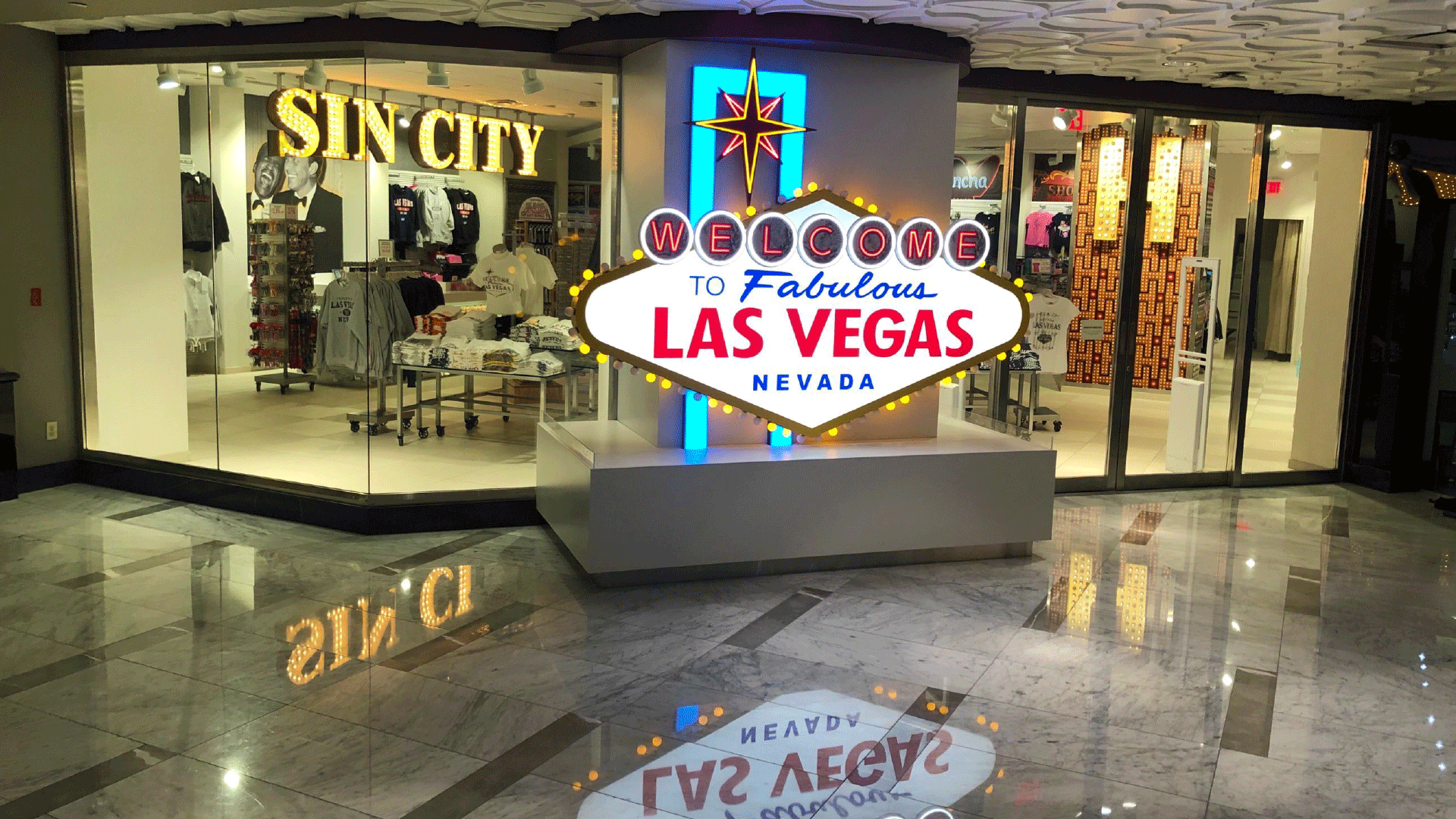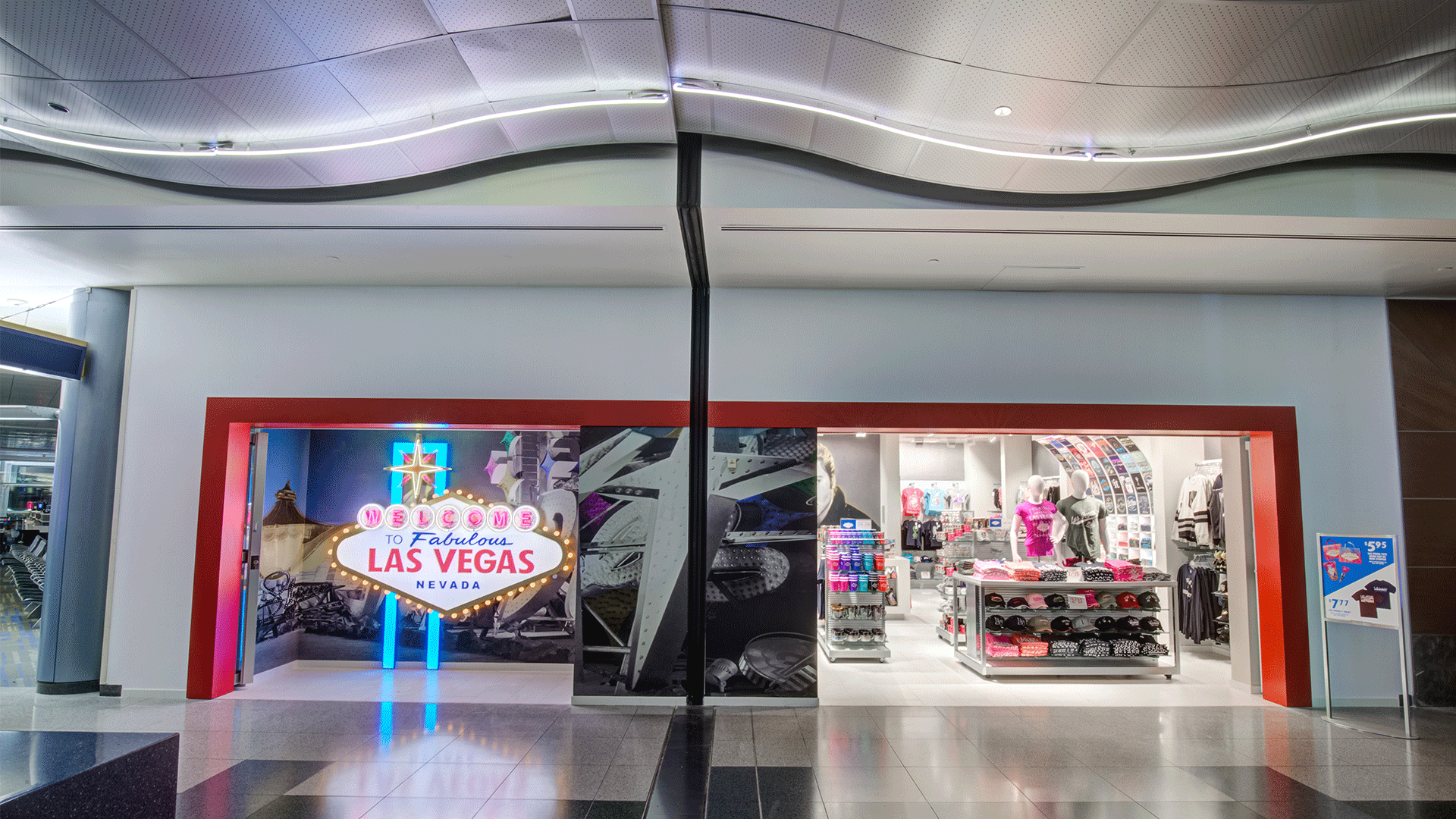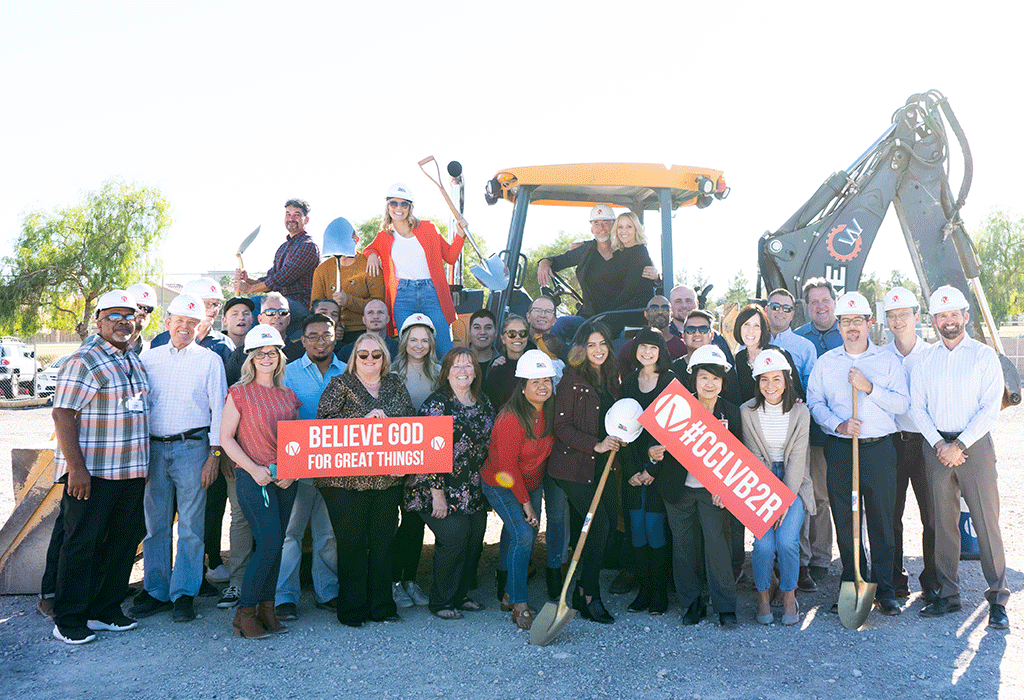As the demand for industrial real estate continues to exceed the supply, and consumers expectations of rapid delivery become the norm, a growing trend in warehouse development has begun to appear throughout the United States: multistory warehouse facilities. Since the first facility was completed last year in Seattle, development has expanded to San Francisco, Brooklyn and New York City, with several other potential markets considering development.
What’s Causing the Shift?
Some of the main reasons developers are shifting away from the traditional model are due to location and space.
Companies are looking to be closer to consumers in urban areas in order to speed up the delivery process. The rapid growth of e-commerce shopping has changed the expectations of consumers to receive immediate delivery. UPS polled 5,000 online shoppers in the United States throughout the first quarter of 2017, results indicated 64 percent expected orders placed by 5 p.m. to qualify for next-day delivery while 61 percent expected orders placed by 12 p.m. to qualify for same-day service. Three-quarters of respondents said they would pay a premium for expedited shipping.
The expectation of rapid delivery is creating a need for developers to strategically locate their operations in heavily populated urban centers. Often, in these populated urban centers, land to build on is limited and more expensive.
“E-commerce needs three times the space of any other kind of retailing,” said Hamid Moghadam, CEO of Prologis the world’s largest warehouse owner and developer, during a March 14, 2017, interview with Jim Cramer on the TV business program Mad Money.
In order to adapt to the change of consumers habits and have enough square footage to support distribution, the growing trend for warehouse development is happening vertically instead of horizontally.
How Are They Being Designed?
Prologis completed the first ground-up multitier distribution center in the United States last summer in Seattle, Washington. The three-story, 590K SF building features 100 dock-high doors. The first level consists of 239K SF and can be divided into spaces of 75K SF or more with 62 dock-high doors and two drive-in doors. The second level is 170,331 SF and is divisible into 45K SF spaces. It has 38 dock-high doors and two drive-in doors. The top level is 180,255 SF of maker’s space for light manufacturing, creative offices and laboratory and production.
Compared to North America, Asia has more than 100 multistory warehouses completed or under construction as of October 2018. The warehouses in Asia range from six to 12-stories because they utilize spiral ramps that can reach all levels. The only reason these size warehouses are possible is that trucks are only 25 feet long, compared to 40 feet long in the United States.
Currently, multistory development in the United States is underway in Seattle, San Francisco, New York City and Brooklyn and Bronx boroughs. Some other potential markets for multistory development are Los Angeles, Chicago, Atlanta, Miami, Dallas, Fort Worth, and Houston.
Multistory Development in the Valley
Currently, Las Vegas has one multitier industrial development. Amazon’s fourth industrial building will feature a four-story warehouse facility with construction to be completed in early 2019.
“Multistory warehouses are the way of the future. Along with self-driving cars, having enough warehouse space for e-commerce close to the consumer is at the top of the list as it pertains to commerce game changers and the way we do business. Over the next 18-24 months we will see how much these buildings drive change and efficiency to our instant gratification economy,” said Brenden Graves, Director of Sales Operations, DC Building Group.
As land parcels in Las Vegas continue to decrease in availability and increase in price this trend will begin to take root around the valley.





